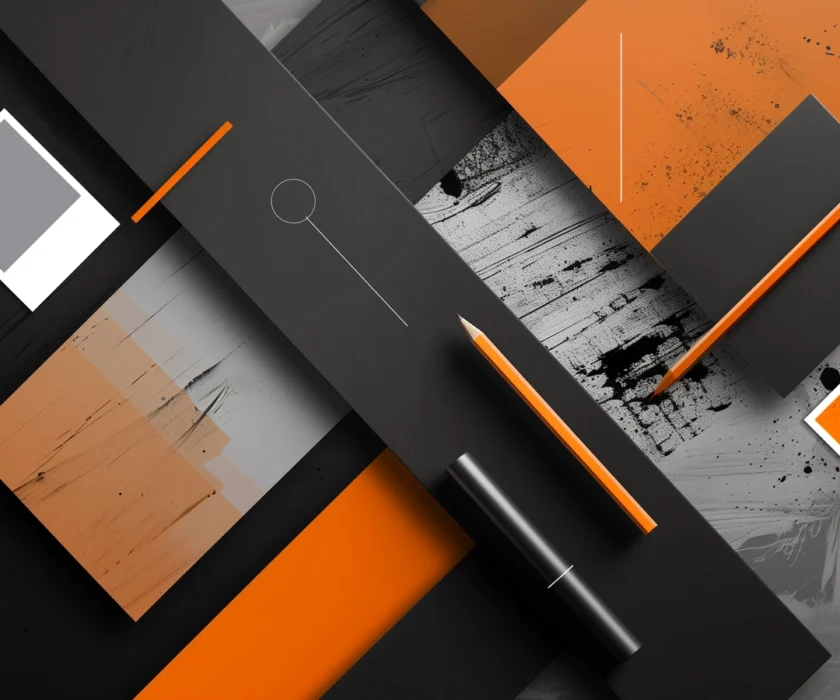You landed on a website….
The colors are harsh, the layout is totally confusing you couldn’t find the products page to shop. What would you do? You leave within seconds, don’t you?
Similarly, your customers always look at what we overlook. Thanks to technology, now we can listen to their troubles with feedback. As a brand listening to this feedback can transform your design and improve your customer loyalty. And you might be thinking- Wow why they didn’t comment on this issue before?
Want to include customer feedback in your design process but not sure how to? No worries we will let you equip everything you need with this article. Scroll below.
Does Customer Feedback Matter?
Of course, yes. Great brands thrive when they listen to their audience. Customer feedback helps you:
- Understand your audience’s preferences.
- Identify pain points in your current designs.
- Build stronger connections by giving people what they truly value.
Spotify adjusted its interface and colour palettes based on feedback. Not only did it improve user experience but also strengthened brand loyalty.
What are the Steps to Incorporate Customer Feedback into Your Design Process?
Here’s how you can incorporate customer feedback into your design process:
1. Collect Feedback
Use surveys or online reviews to gather insights. Pay attention to themes to see what matters most to your audience.
2. Filter
Not every feedback is actionable. Focus only those which align with your brand’s goals and have an impact on customer satisfaction.
3. Collaborate with Designers
Share feedback with your team and brainstorm to incorporate it. If people saying your logo feels outdated, refresh it while maintaining brand recognition.
How Colour Palettes Reflect Customer Preferences?
Colours have an impact on how your brand is perceived. Most leading brands use customer feedback to modify their colour palettes. Let’s look into brands:
- Instagram moved to a vibrant palette to appeal to a younger, tech-savvy audience.
- Airbnb added soft pinks and warm tones after customers provoked for a more approachable brand.
- Fanta worked on their bright orange to be energetic and eye-catching based on user surveys.
If feedback suggests your brand looks too stern or outdated, a slight color update could make your brand more relevant.
The Future of Customer-Centric Design
Today’s customers have more choices than ever. So, brands who listen grow. As a design and its trends grow rapidly, customer feedback will remain the lub of innovation and relevance. The evolution of design is shifting from brand-driven to customer-focused. And, here’s what the future of consumer-centric strategies holds for every brand:
- Personalized Experiences: Tailoring products and designs to individual needs.
- AI Insights: Using predictive analytics to anticipate customer needs and innovate.
- Real-Time Updates: Quickly integrating feedback to stay with trends.
- Inclusive Design: Prioritizing accessibility for diverse audiences.
- Emotions: Creating designs that deeply connect with customer emotions.
Wrapping Up
Incorporating customer feedback into your brand’s design process is no longer optional. it’s vital for staying relevant and resonating with the audience. With the insights from customers with expert creativity, you can craft a brand that not only stands out but truly connects.
For brands in Hyderabad seeking to elevate their visual identity and create customer-focused designs, partnering with a top branding agency can make all the difference. Whether it’s refining your logo, curating a compelling color palette, or building a holistic brand strategy, a creative branding agency ensures your vision aligns seamlessly with customer expectations.



